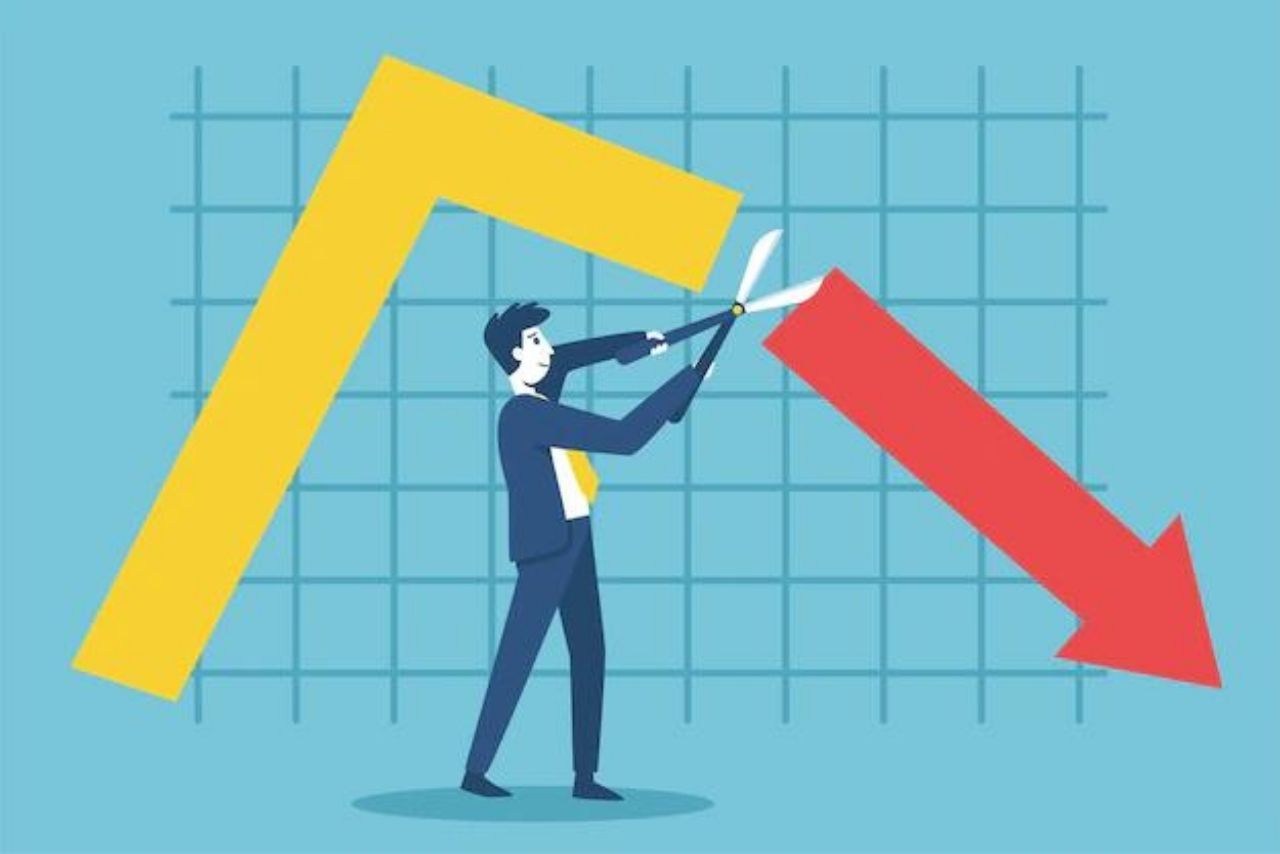Kavan Choksi Discusses the Behavior of Value Stocks During Recession and Recovery

Value stocks are known to outperform over the full cycle of recession–recovery and in bear markets, when preceded by the bursting of a bubble, characterized by wide value–growth valuation dispersion. On the other hand, when a shock to fundamental barks a bear market, value stocks may perform poorly, like it was witnessed in the market downturn caused by the Covid-19 lockdown restrictions. Kavan Choksi marks that value and small-cap strategies both usually perform well during recoveries, no matter the catalyst for a bear market and recession.
Kavan Choksi talks about how value stocks outperform during recession and recovery
During a recession, businesses generally experience reduced demand for their services and products. As a result, they might have to cut back on production. This ultimately leads to layoffs and reduced consumer spending. In the stock market, this causes declining prices and increased volatility. While all recessions are not the same, value stocks usually outperform growth stocks during a recession. They are generally cheaper and hence more attractive to bargain-hunting investors. A value stock implies to the shares of a company that appears to trade at a lower price relative to its fundamentals, like sales, earnings or dividends, making it appealing to value investors.
As mentioned before, value stocks commonly outperform in “ordinary” recessions owing to affordable valuations and sectors with businesses that usually hold up well. Growth stocks, on the other hand, typically create their own growth and do well enough in downturns. Value stocks may have weak areas of distress or growth prospects, and hence command a comparatively lower price than distinctive other stock classifications, including growth. In a recessionary environment, the risk assessment for companies with value stocks rises, and hence investors demand a higher return premium for holding their shares.
The performance gap between growth and value stocks tends to be primarily driven by market sentiment. Basically, value stocks are out of favor with investors in most cases. Bubbles tend to be periods with extreme mispricing. As a bubble bursts, its reversion has major implications, with value companies outperforming the market and growth companies underperforming.
While both growth and value stocks to benefit as the economy moves into recovery, in most cases, value stocks are the ones to benefit the most. When recessionary concerns are eased, the fear premium embedded in the value stocks end up rewarding the value investors. In bubble related bear markets, the value strategy wins in two major ways. First the prices of value stocks exhibit relatively less deterioration in the bear market. Secondly, fresh, budget-friendly companies are made available to rebalance into at the beginning of the recovery.
Kavan Choksi points out that it is known from historical evidence that volatility and fear create investment opportunities. Patient investors who are willing to accept the risks when share prices reflect the fear premium are generally rewarded in times of recovery as the economic uncertainty is resolved. Owing to the historically wide valuation dispersion, the resolution of uncertainty might prove to be the trigger for the valuation gap to close and may indicate an attractive opportunity for value investors.






